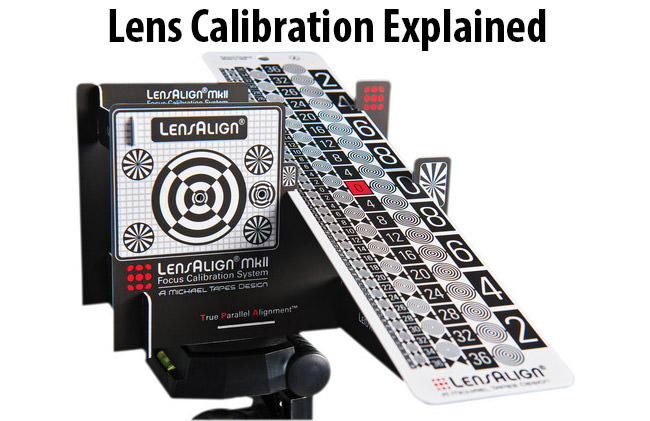

I have definitely been one of those people in the past. Or, they might try, get lost in a world of conflicting advice and complex terminology, and give up. Different light situations result in our eyes perceiving colors differently, making monitor calibration challenging, even for those of us with great vision.Īs a result, many users don’t bother to calibrate their monitors correctly. As a result, tips and advice that work on one monitor might not work on another.įinally, there is a big difference when it comes to the ambient lighting conditions in the places we work. Next, there is a huge variability in the quality of displays available on the market, and the technology that powers these displays. As a result, it can be very easy to get lost in the details when trying to configure your own monitor, and to end up with bad results. This is for a number of reasons.įirst, and perhaps the major reason, is that color calibration and color management is a complex topic with a lot of terminology. However it is a task that many people don’t do, or start and then give up on.

A properly calibrated monitor will accurately show you the colors in your images, so when you share or print them, you have done everything you can to ensure the final photo is seen as you intended.

Monitor calibration is an important task for photographers.


 0 kommentar(er)
0 kommentar(er)
